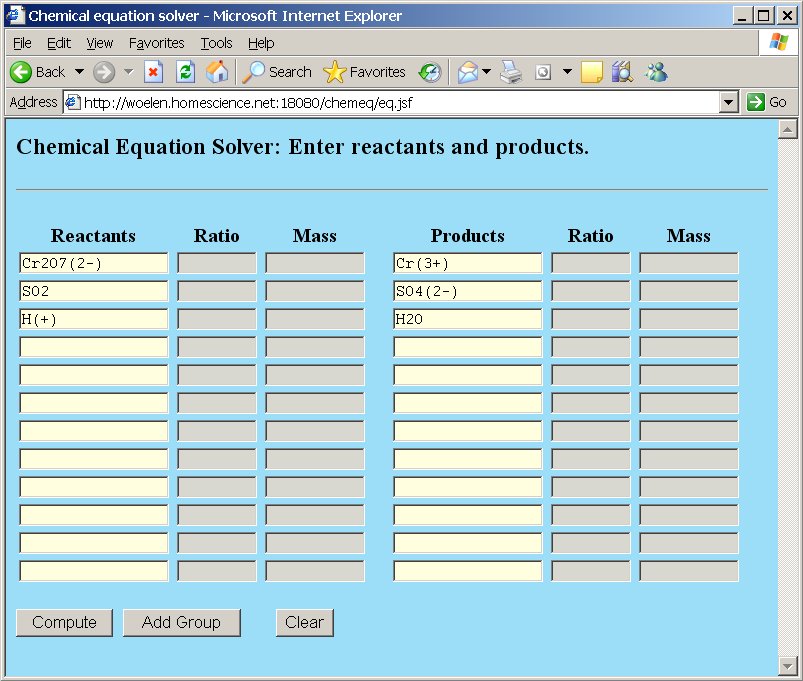
The baking soda will quickly react with the vinegar in the flask, creating carbon dioxide gas as one of its products, causing the balloon to quickly inflate.Hold the bottle at the base while the reaction occurs.This will allow the baking soda to drop out of the balloon and enter the flask. Lift the balloon, straightening it out over the opening of the flask.Allow the balloon to hang to the side once it is attached to the bottle until you are ready to complete the demo. Secure the balloon around the opening of the bottle, but make sure that the baking soda remains in the balloon at this time.The food coloring will help students to see the gas formation/bubbles during the demo. If you wish to add food coloring to the vinegar, add 3-5 drops.Insert a funnel into the opening of a balloon and add the baking soda to the balloon through the funnel.Products: Carbon Dioxide – Gas Water- Liquid Sodium Acetate – Aqueous (a clear solution will be left in the flask upon completion of the reaction, it is a solution of water and Sodium Acetate).Reactants: Baking Soda – Solid Vinegar – Aqueous (this may be tricky to some, but by examining the vinegar container you will find that it is 5% acetic acid, and 95% water.).Liquids and aqueous solutions differ in that liquids are pure substances in the liquid form, whereas aqueous is a substance dissolved in water. The types of matter identified in chemical reactions are solids, liquids, gases and aqueous solutions.Teachers should also engage students in a discussion about the types of matter observed in this experiment.Please note that these indicators do not always designate that a chemical change occurred, as there are many instances of these occurring without a resulting chemical change. Indicators of Chemical Change or Chemical Reaction: 1-Formation of gas 2-Change of color 3-Formation of a precipitate 4-Formation of heat and light.Chemical Change: Any change that result in the formation of a new substance or substances.Product: A resulting substance or substances formed by a chemical reaction.Reactant: A substance or substances present at the start of the reaction.Chemical reaction: A process where atoms of the reactant(s) will rearrange themselves to create a new arrangement of atoms, called the product(s).


Students should wear proper safety gear during chemistry demonstrations.Always wear safety goggles when handling chemicals in the lab.This lesson supports students’ understanding of Identify indicators of chemical change in a chemical reaction.Classify products and reactants by the appropriate state of matter in a reaction.Understand the meaning of reactant and product.Periodic table, and knowledge of the patterns of chemical properties.īy the end of this demonstration, students should be able to Reaction based on the outermost electron states of atoms, trends in the To determine if a chemical reaction has occurred.Ĭonstruct and revise an explanation for the outcome of a simple chemical This demonstration will help prepare your students to meet the performance expectations in the following standards:Ĭonduct an investigation to determine whether the mixing of two or moreĭata on the properties of substances before and after the substances interact Students will observe the reaction, and identify indicators of chemical change as well as discuss the different types of matter that are involved. In this demonstration, the teacher will perform a reaction between acetic acid (vinegar) and sodium bicarbonate (baking soda) in order to inflate a balloon and to introduce the concept of a chemical reaction to students.


 0 kommentar(er)
0 kommentar(er)
